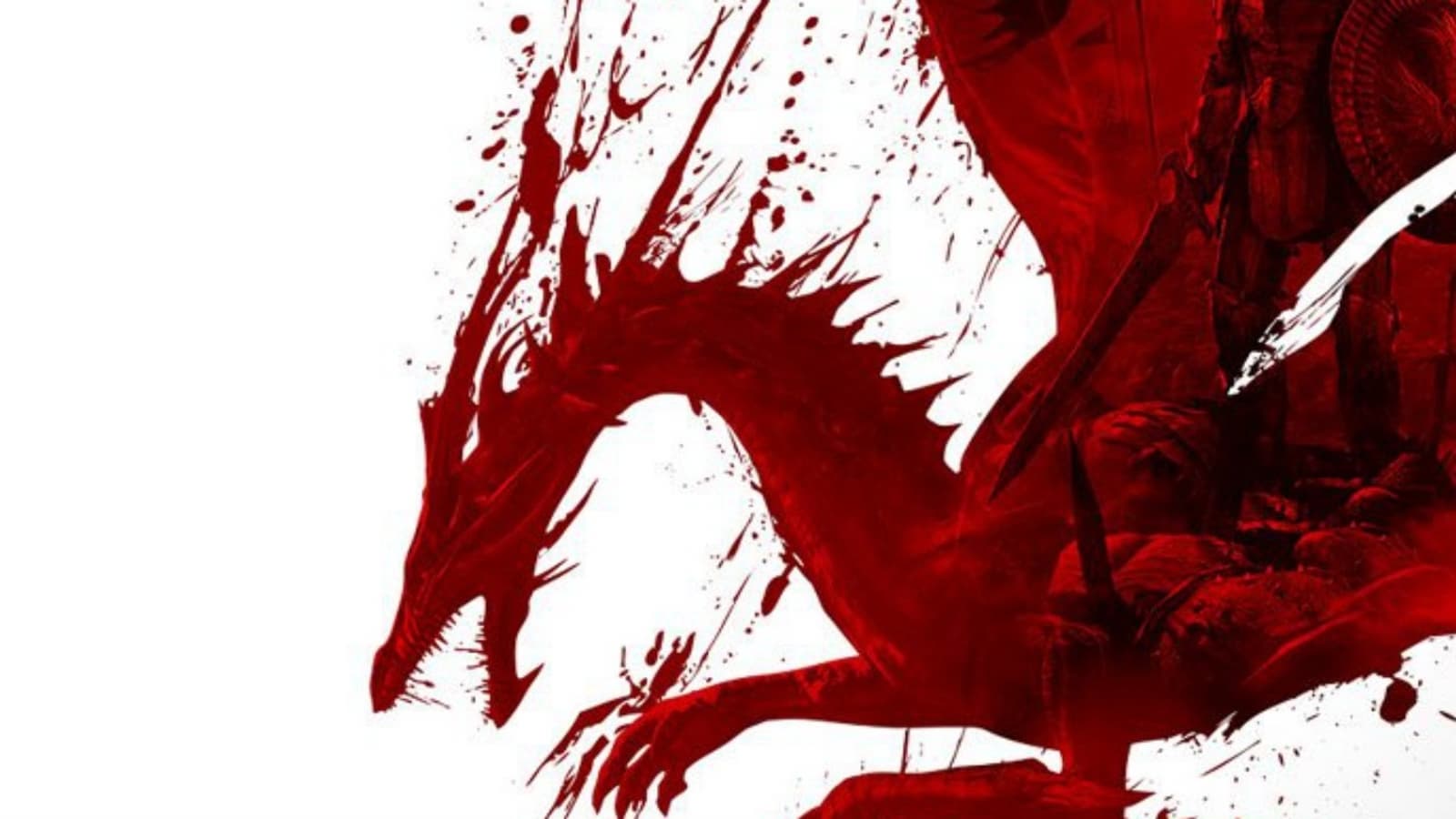For the oldest among us, Les Tuniques Bleues evokes both a nice Belgian comic strip and an “almost cult” game released towards the end of the 80s. An update of the latter was released there is eight years old on iOS and Android. And this year, northerners and southerners meet us on PC, PS4, Xbox One and Switch. So, are you ready to find out what the remake of a 2012 mobile game, itself a remake of an Amiga, Atari ST, Commodore 64, DOS, NES and Amstrad CPC game from 1989, is worth in 2020? You might as well tell you right away, this new version may take a few stray bullets …
Let’s start gently, factually detailing the various phases of the gameplay. Each game begins with a stylized map of the United States divided into over 20 states. The game is turn-based and naturally pits the northerners against the southerners. The armies are represented by a “giant” soldier who can be moved one territory each turn. Some sectors are home to forts, linked by a railway. If you take possession of two forts located on the same line, a train travels automatically and regularly from one to the other, which brings in money. On the left of the map are Indians and Mexicans likely to attack troops who come too close, while on the right sits the state of North Carolina, which each of the two camps has every interest in capturing, because it gives regular access to free reinforcements arriving by boat. When an army moves to a state free of any adversary, it instantly captures him. If it joins another allied troop, the two armies merge. And if it hits an enemy troop, a real-time, aerial view combat phase is triggered. In these phases, there is an infantry unit, a cavalry unit and a cannon unit. You can switch at any time from one to the other to take direct control, and rush towards the opponent while trying to avoid his shots. Other gameplay phases take place in first person view. This is the case for captures of forts, which take place on a small map furnished with a few buildings. In defense we are asked to resist several waves of enemies, while in attack it is necessary to eliminate all the forces present. Likewise, a camp that captures a state located on an enemy railroad line can attack the train in order to steal the gold it is carrying, always like an FPS. In defense, it is necessary to eliminate the riders who gallop after the train as well as the enemies who manage to climb on it, while in attack it is necessary to go back up the wagons to the locomotive. So much for the objective description of the game’s mechanics. It is now time to move on to our feelings …
THANKS BUT NO THANKS
If all these principles are rather pleasant and well thought out on paper, the technical realization unfortunately does not follow, while the content is far too poor. For starters, the single player campaign is limited to four almost identical parts. Whether playing in 1861, 1862, 1863 or 1864, only the starting conditions in terms of states already captured differ slightly, knowing that these four “levels” take place on exactly the same map, USA requires. However, it would have been possible to vary the pleasures by changing the scale and offering several regional maps. In addition, no cinematics come to brighten up this single player mode, the game does not support wide screens or 1440p, the historical scenario is limited to a few poor lines of text, and the Blue Tunics license is not used at all. . It’s very simple, the names of the two heroes (Chesterfield and Blutch) do not appear once in the whole “adventure” (quotes are required). We have to be content with a vague appearance of Chesterfield accompanying the tutorial messages. However, there was plenty of material to expand this “campaign”, since it takes less than two hours to emerge victorious from its four games! Knowing that the game is sold between 20 and 40 euros depending on the platform and the store, we have the impression of taking a bayonet in the foundation.
Especially since the different phases of gameplay that take place outside the strategic map are far from flawless. Thus, the maneuverability of clashes in aerial view can be greatly improved. As it is, you have to zap too quickly between the different units, which leaves little room for reflection. The train defense phases are too simple (just stay put and aim correctly), and the same goes for the attack (we advance in a straight line up to the locomotive by shooting a few soldiers and voila). As for the strongholds, if they have the merit of not being unpleasant to the eye and respecting the basics of FPS (possibility of crouching, reloading, sprinting, etc.), they suffer from catastrophic artificial intelligence (we can win while camping), poor balance (the butt kick is overkill), and regular collision bugs (any enemy soldier standing too close to a wall will partially pass through). To top it off, if the game has the good taste to offer a one-on-one mode locally, it unfortunately skips any online game. This sad general observation is all the more frustrating as this nice license had potential, and the “Total War for children” side is not unworthy in absolute terms. This is what we call a sword strike in the water!





